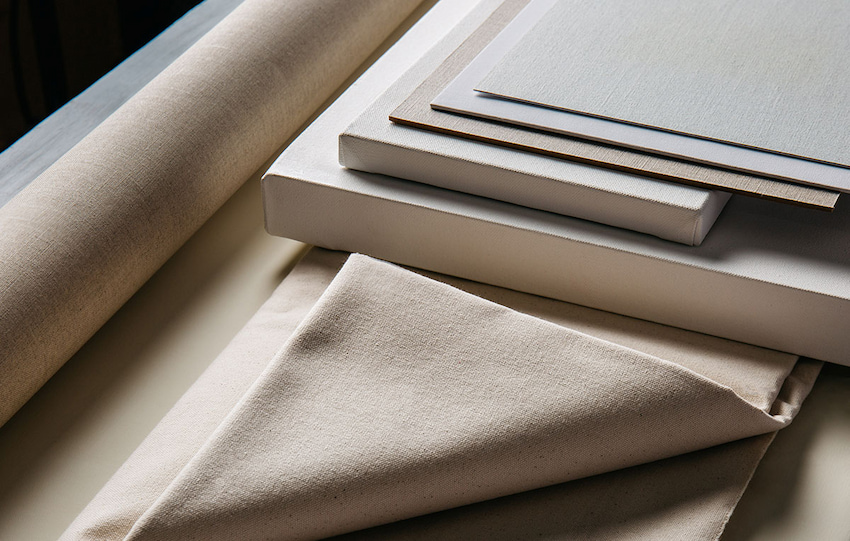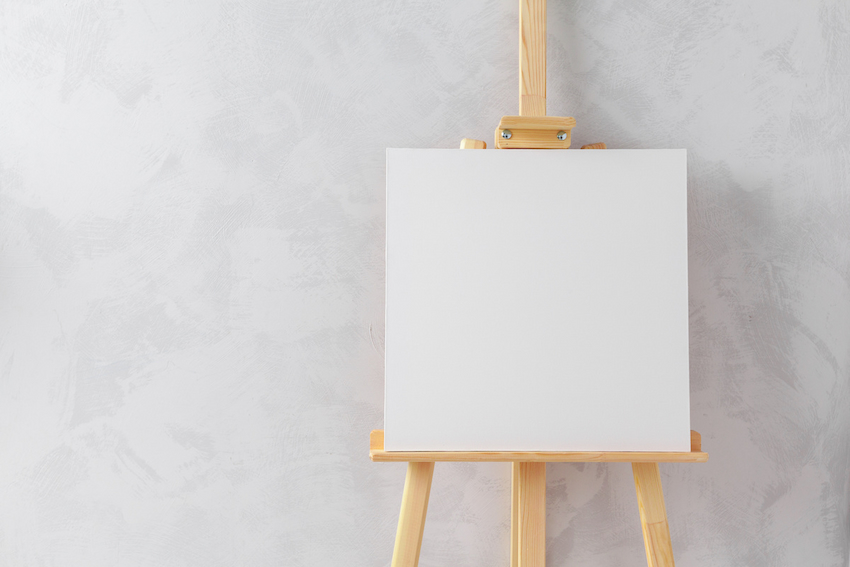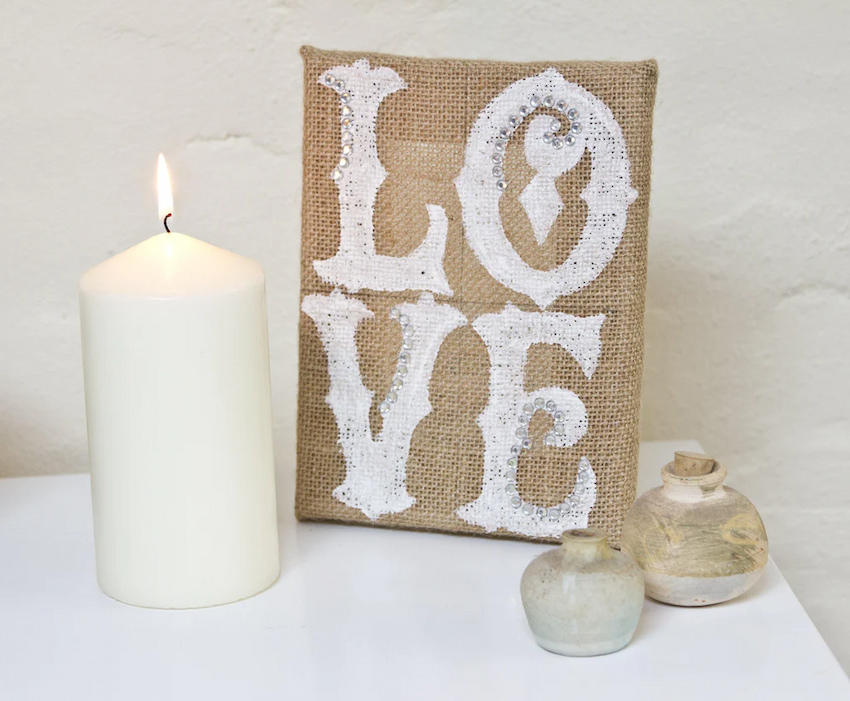Are you searching for the right surface to pour your talent and create your next masterpiece? A white canvas will always be the first synonym for painters, so if you’re one (or becoming one), choosing the right thing is important. If you’re searching for art canvases online you’ve probably come across items with various specifics and don’t know which one is the right one. The following tips should help you find the most suitable option for your next artwork.
How to Choose a Canvas for Painting?
Canvas is a common surface for painters and choosing the right one is quite important. Made from different materials and textures, canvases have different weights and characteristics. Some are more durable than others, some are more or less textured and of course, they all have different prices.
Differences Between Ready-made and Hand-stretched Canvases
If you’ve done your search for art canvases online, you have probably come across ready-made and hand-stretched canvases. If you’re a beginner artist, this might sound confusing. To put it simply – the ready-made canvases are ready for painting and are a bit more expensive. It’s important to know what type of medium you will use before you do your purchase.

Canvases meant for acrylic use are primed differently and if you choose the wrong canvas, your paint will peel off later. Pre-stretched canvases are affordable and easy to use, so if you’re a beginner, it’s best to start with this. It’s good for practising and you can buy in a bulk and save money. Some artists stretch their own canvas; to do this you should learn more about canvas types, supports and how to do the stretching.
Types of Canvas for Painting
Canvases are divided into categories by weight and material. The canvas weight usually correlates to its texture, but not always. You’ll find canvases made of natural fibres, synthetic canvases, and blends.
Heavy Canvases
Manufacturers use jute, cotton, twill, flax or cotton duck to make the heaviest and most textured canvases. These are coarse and heavy (cotton is not as coarse) and are considered a better grade.
Lightweight Canvases
If you’re searching for a lightweight canvas, choose one made of light and affordable cotton. Truth is, this type of canvas isn’t meant for a masterpiece, but is excellent for practising. Lightweight canvases are also made of linen, Hessian and cotton-rayon blend.

Linen
Linen is the finest type of canvas, and artists love working with it. It has a smooth texture mostly free of knots and lumps. Choose it if you don’t want the texture of the canvas to have an impact on the appearance of your art. Given these characteristics, linen canvases are also more expensive.
Cotton-Rayon
Cotton-rayon is a blend of natural and synthetic fibre and is quite durable. This type of canvas is very common so if you choose to get a pre-primed, stretched canvas, it’s very likely it will be made of this blend. This type of canvas will last longer, keeps its flexibility over time, and manages to resist chemical damage.
Hessian
This is a coarse, affordable and not-so-common material for canvases. it’s suitable for practising because it needs some priming. The downside is that it can deteriorate after a while. If you are just doing craft painting or work that you don’t expect to last for a long time, Hessian is a good material.

What to Consider When Buying Your Canvas?
When choosing art canvases it’s important to consider other things besides the material, size and weight. What do you plan to put onto the canvas? Are you going to practice or do you plan to make art that’s meant to last? If you can’t make up your mind you should try different types of canvases and see which one works best for you.
This test can easily be achieved with the following methods:
- Watercolours or fine details – if you’re an artist who uses watercolours, do thin layers of paint; glide your brushes smoothly over the canvas with almost no impact on the texture. The same can go for acrylic painting. In this case, it’s best to use a fine-quality cotton canvas. Finer canvases are a better choice if you want to make smaller-scale works because a heavily textured canvas can interfere with your fine brushwork.
- Bold brushwork or strong textures – artists who want to experiment with bold brush strokes, strong textures or palette-knife painting, should consider getting cotton jute twill, cotton duck or any heavier canvases. The heavier models are more appropriate for larger work and must be properly stretched.
How Does the Canvas Affect Your Painting?
Some canvases work better with certain artworks. As the materials vary as do their textures, quality and weight, you need to consider how you want your final art to appear on that canvas. Do you want an entirely smooth painting, or are you all right with some rugged texture? Also, is this going to be art that you want to last for a long time, or are you searching for a painting surface that will help you improve your techniques?
Artists who want their art to last would always choose pre-primed canvas, but it’s not the only thing that’s necessary; it should also have a proper texture and be made of quality fabrics. Stretching the canvas yourself is a good choice, but if you’re a beginner, you have to learn how to do it first (poorly stretched canvas can easily end up falling apart and ruin your work).

